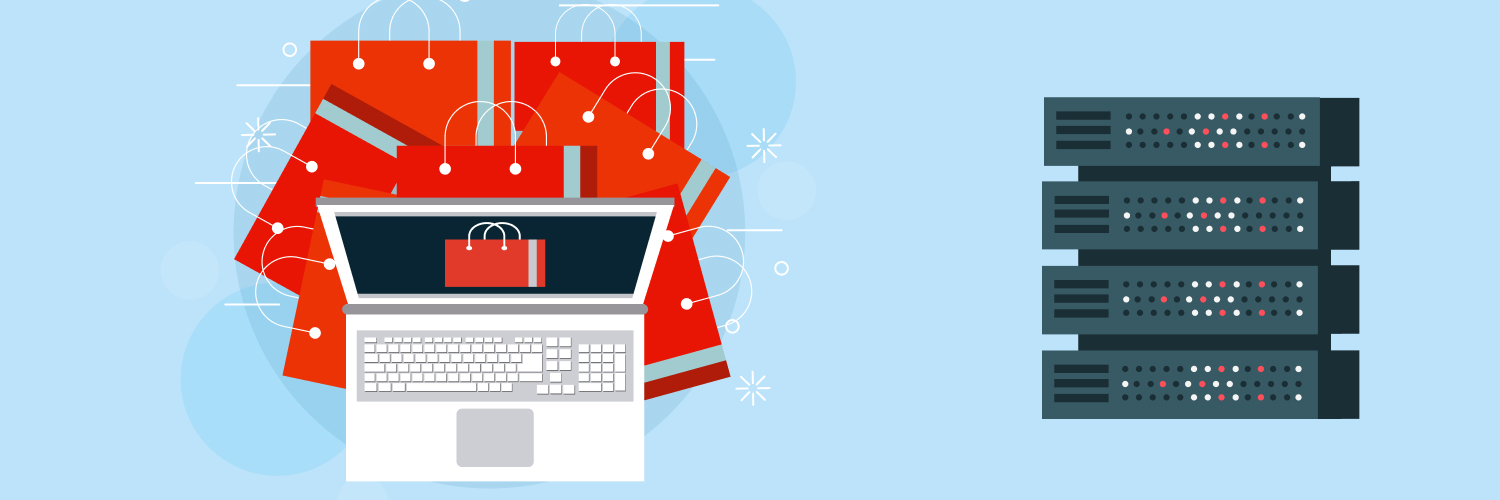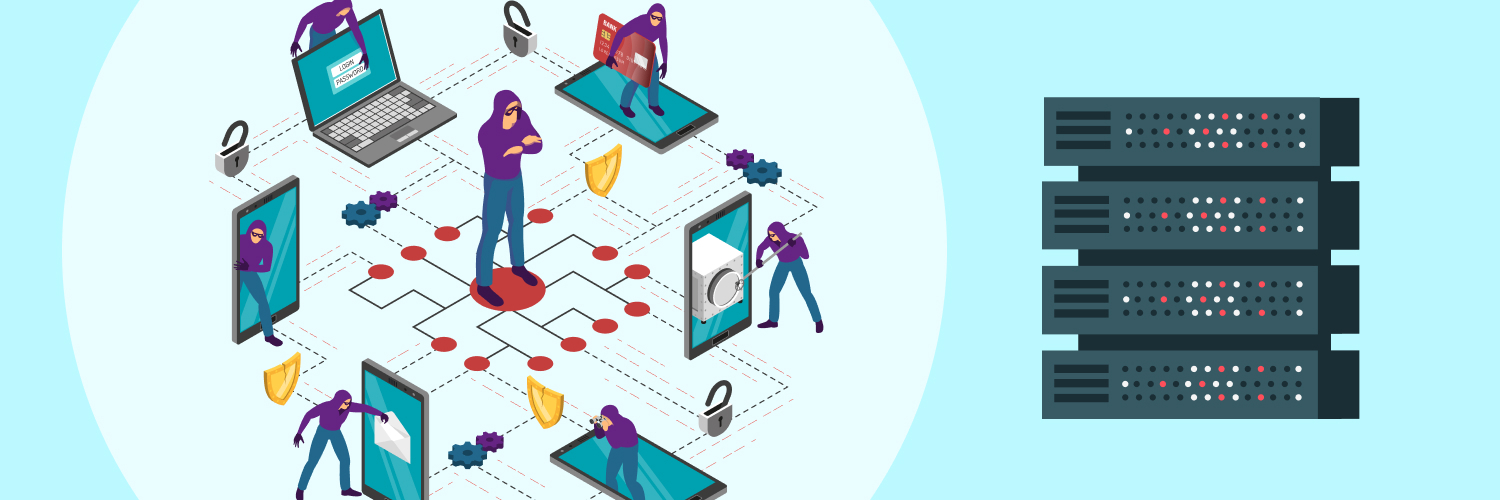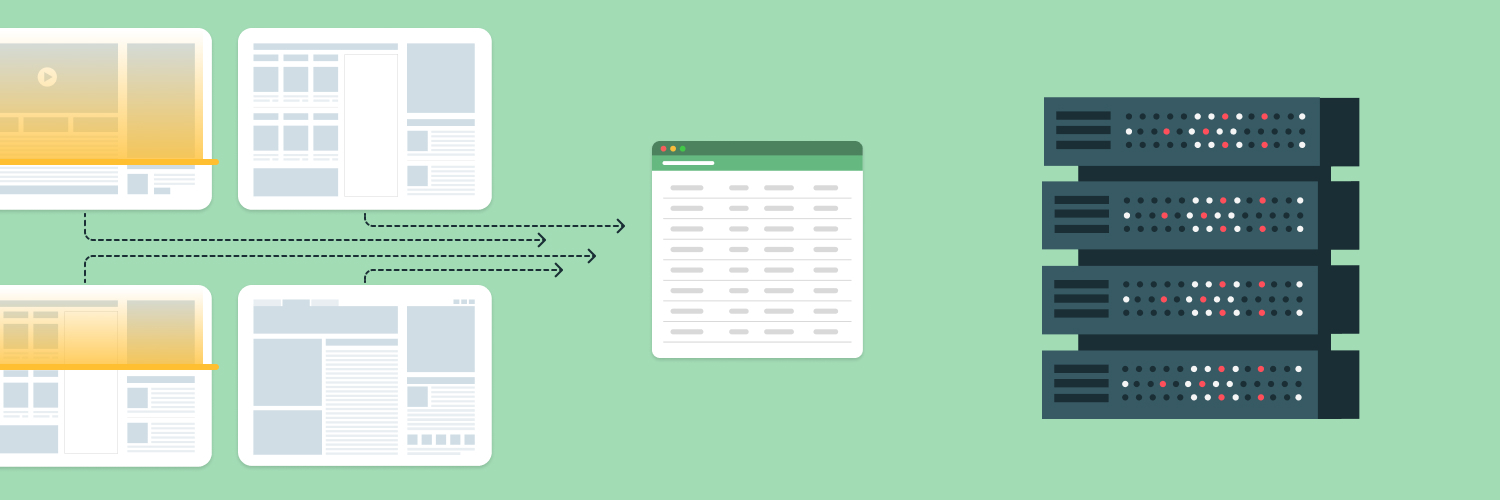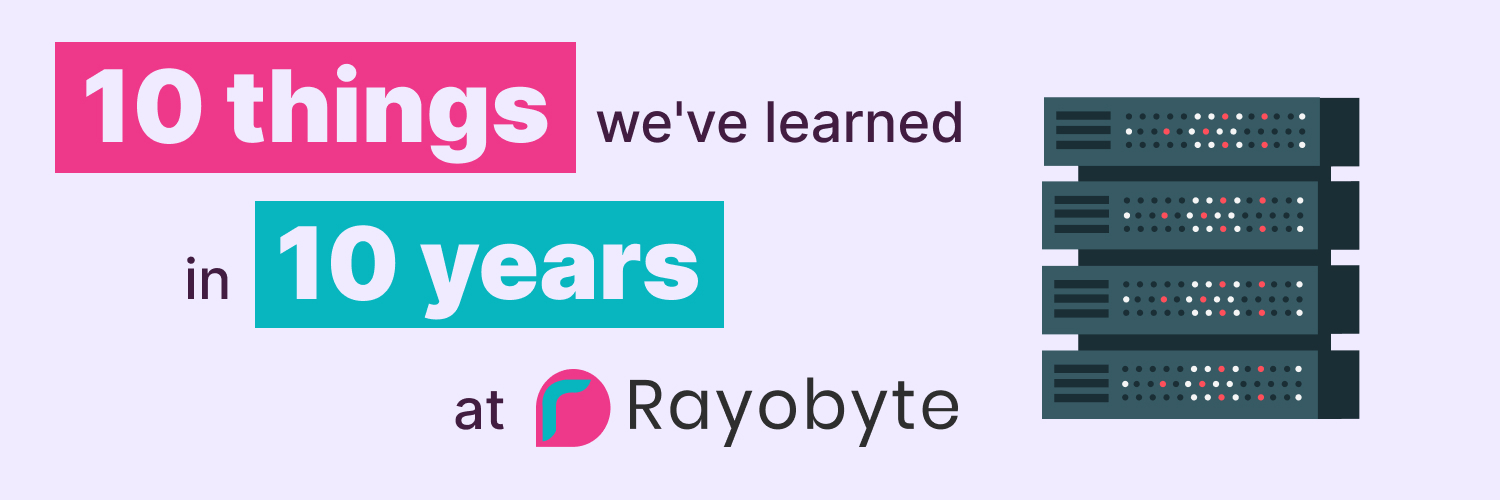How to Apply Machine Learning for Web Scraping
Machine learning is a powerful technology component capable of providing improved efficiencies, automated functions, and better access to authentic data. If you are engaged in web scraping, the use of machine learning can enhance your work, creating not just a way to capture data but also to identify, classify, and automate many of the complexities that surround this process.
As you consider machine learning for web scraping, realize that we are just on the cusp of the opportunities it presents.
Fast, Effective, Efficient
Our API scrapes the data for you.

The following article on machine learning web scraping aids in providing real-world examples and strategies for how you can use these technologies to achieve a variety of objectives. We will focus on how to use it as a powerful tool to automate web scraping to make it more efficient and adaptable to your data extraction goals.
What Is Machine Learning in Web Scraping?

Machine learning (ML) is, according to IBM, a type of artificial intelligence that allows computers and machines to learn in much the same way that people learn. ML performs tasks autonomously, and, as it does, it works to improve performance, accuracy, and efficiency. The more experience and exposure the system gets, the more it learns, grows, and improves its function.
Machine learning has different applications when it comes to web scraping. For example, it is possible to use web scraping for machine learning, allowing your web scraper to capture important information online that you want your ML solution to learn from. We can also use ML for web scraping.
In this way, ML can identify and classify web elements dynamically, bypassing all the bots that try to block you from obtaining the information and resources you need. It can also automate the extraction process from websites. This speeds up the data collection efforts and may improve the overall function of your web scraping.
We can also use ML to navigate around complex and changing website structures more efficiently than having to write code to do this every time those changes happen. It can be used for neural networks to recognize patterns in HTML. This enables the machine learning web scraping tool to locate the specific data points desired or, in some cases, find them even when they lack the most predictable tags. As a robust tool, web scraping machine learning is a must for those looking to compete in this industry.
Consider what ML could do for your next project. For example, machine learning web scraping projects can reinforce learning that can then optimize crawling strategies. This could minimize server load while you are getting the most data possible through retrieval. There are many applications for using machine learning for specific objectives.
Why Machine Learning Web Scraping Is So Important

Web scraping in machine learning is a critical concept in itself. By using web scraping, we can capture valuable information for many applications, improving what we know and enhancing our decision-making. In a way, web scraping in ML can overcome the most challenging process of scraping: gathering quality, usable data that is specifically capable of resolving concerns.
If your business is only using data from internal sources, you are not getting the full picture of your industry. Yet, much of the data you could use to improve decision-making is often behind “locked doors.” External sources are available, and all of the information you need is out there, but it’s more complex than just pulling up a list of product descriptions.
When we apply web scraping with machine learning, we can obtain more complex data, more rich data that’s very specific to your needs.
ML enables you to stop relying on inaccurate or poor data quality. There is always the need to verify that you are making decisions with quality information, and with ML supporting the gathering and obtaining more of the complex components, that’s easier to do.
How Web Scraping in Machine Learning Works

ML can be applicable to any field. That includes education, e-commerce, healthcare, medical fields, and much more. Machine learning algorithms depend on the ability to collect huge amounts of data, called data training sets, and then use that information to inform decisions.
ML looks for patterns not only to learn but also to imitate. With these data sets applied in various ways, it is possible for ML to provide more in-depth insight. There are several types of data training sets applicable to machine learning:
Unsupervised learning: In these types of web scraping machine learning projects, the data is unlabeled. That means the data set does not contain details; instead, the algorithm can find patterns within that data set without as many parameters. Ultimately, this means the algorithm can create new data and insights without any human interaction or influence.
Supervised learning: The opposite form is the use of supervised learning, which uses labeled data, such as information that has a description with it to describe the information or data. In this way, the algorithm adapts and learns to connect those elements with the words. Over time, the data set teaches the algorithm to provide insights into the training set accurately.
Semi-supervised learning: A bit of a middle ground, semi-supervised learning will have some data that are labeled and some that are not. The initial labeled data is a type of starting point from which the algorithm can learn and build. Semi-supervised learning data sets are the most commonly used form.
Reinforcement learning: There are also times when the need for reinforcement learning is necessary and beneficial. This is the type of learning method that mimics human learning the closes. It teaches and then refines information, offering a more intensive level of understanding.
Web scraping for machine learning can feed these types of data sets to the algorithm. We can also use web scraping for machine learning with each type of data set listed above.
What Are the Benefits of Web Scraping Machine Learning Projects?

Why go through this work in the first place? Web scraping machine learning offers numerous advantages no matter the size or scale of your project. We do not just want a pile of information to sort through but a more authentic, organized, clear, and detailed analysis that we can apply to our decision-making process. Here are a few examples of how we can use machine learning for web scraping to capture better information for the various tasks you need to engage in on a daily basis.
Reducing Costs: One way we can use machine learning is to provide more insight into cost structures. This can work as an internal method. For example, we can use web scraping and machine learning to pinpoint opportunities for savings across the operation. The algorithm learns how the data presented interacts with each other and can pinpoint opportunities.
Automate Tasks: You can also use web scraping machine learning solutions together to automate tasks. Once the data set learns the details and all parameters, it can go to work for you, handling anything that you need it to in a more hands-off manner than you may be doing now. The benefit is that humans are not doing repetitive tasks, and more complicated data configurations and details are managed more effectively.
Finding Trends: Perhaps one of the best ways for web scraping machine learning applications to influence decision-making is by spotting trends. ML algorithms can spot trends across huge amounts of data. This allows you to compare all of that data in an effective way. Keep in mind it can go to work, and you can do this within seconds, ensuring you have the most up-to-date and robust information available.
How to Enhance Web Scraping with Machine Learning

How can we use machine learning-based web scraping to improve our goals? Let’s talk first about directly leveraging machine learning for web scraping. For example, with ML, it is possible to address the challenges you are having with current web scraping in a more effective manner. We can do this by enabling algorithms to learn patterns from the data presented. It can then adapt to changes in the website’s structure and overcome dynamic website challenges with ease. When you look at any of the web scraping examples we present throughout our tutorials, you will see that this is one of the most common challenges: overcoming dynamic content.
When we engage web scraping in machine learning, we can overcome challenges such as:
- Dynamic content: If you are web scraping content loaded in JavaScript, then you know that traditional strategies and web scrapers do not work well.
- Anti-scraping bots: Many websites today have anti-scraping tools in place designed specifically to prevent web scraping or data access. This includes rating limiting, IP blocking, and the use of CAPTCHAs. This prevents automated data extraction, your exact goal.
- Unstructured data: ML can also help overcome unstructured data challenges. These often come from HTML or XML documents that are error prone.
Considering those challenges, consider what happens when we apply machine learning-based web scraping strategies.
Collect data and label: One of the ways you can use ML with web scraping is to collect data. Collecting datasets, such as content from specific URLs, is often the goal of your scraping process. You then typically need to label that data so that it can then be captured and used in the way desired. For example, you may need product names or reviews. With ML, you can do both: collect the data and label it so that you can use it as a trading data set for your new model.
Feature engineering: Another applicable way to benefit from web scraping and machine learning is for the development of features. Extract feature details from the content page. Then, use that content to train your machine-learning model to capture specific information. It may be HTML structure or CSS selectors. It may even be visual elements. It can then preprocess this data and convert it into some type of suitable information for your training model.
Model training: With the right machine learning algorithm for the type of web scraping goal you have, such as regression or clustering, you can then move your project forward. For example, you can train the model using a specifically labeled dataset. Tune the parameters as closely as you ened to do so. And, then optimize the performance as you go. In this process, it is possible to transfer learning to more complex tasks to further explore the insights.
Prediction: Now that you have a machine learning model trained, use it for new decisions, predictions, and even extractions. You can use it to make predictions that will identify and then extract target elements based on the patterns used in the past.
The Essentials of Web Scraping Using Machine Learning Relies on Proxies

While there are many adaptions and opportunities present with machine learning, we can create a robust strategy. For example, you can use tools and libraries, such as Scrapy and Puppetter, to help you improve your web scraping design and efficiently improve the task. We also recommend establishing proxies as a component of the process.
Fast, Effective, Efficient
Our API scrapes the data for you.

No matter the tools you use, proxies allow you to protect your identity and sensitive information from any misguided use. It also helps ensure that all of your work pays off. By establishing proxies for web scraping, you are able to block your IP address from detection. This makes it possible for you to evade IP bans, one of the most common problems associated with web scraping today.
At Rayobyte, you will find the most reliable scraping proxies available. This allows you to set up your machine learning and web scraping task and protects your identity throughout the process. We recommend only applying these strategies to ethical tasks and to take into consideration any legal implications. Contact Rayobyte now to learn more about the tools we offer to make machine learning with web scraping a success for your projects.
The information contained within this article, including information posted by official staff, guest-submitted material, message board postings, or other third-party material is presented solely for the purposes of education and furtherance of the knowledge of the reader. All trademarks used in this publication are hereby acknowledged as the property of their respective owners.



